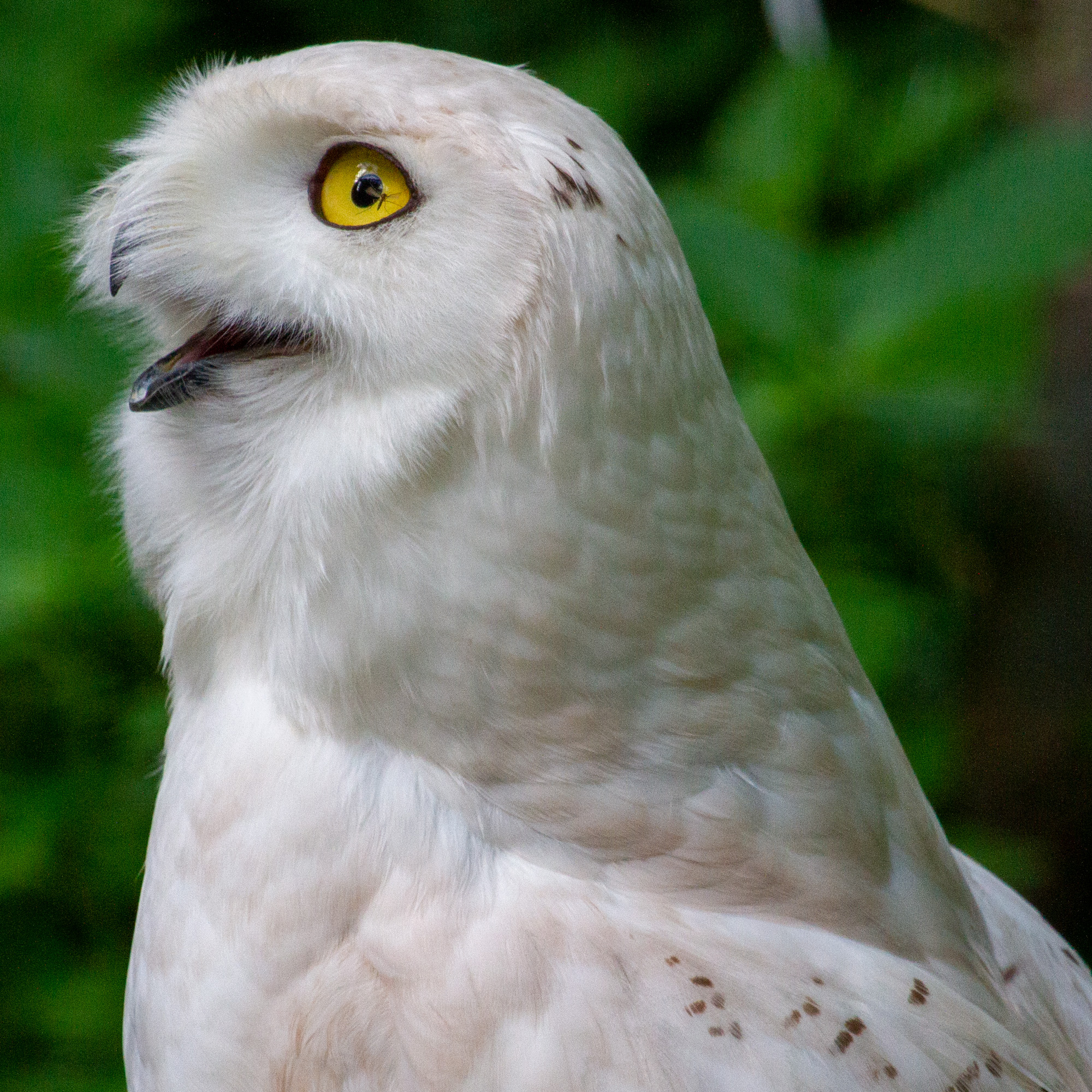Summary:
– Introduction to Ooky, the snowy owl
– The unique characteristics and adaptations of snowy owls
– Insights into snowy owl behavior and hunting strategies
– The importance of conservation efforts for snowy owls
– Encouraging readers to appreciate and protect wildlife through the Look Closer initiative
Meet Ooky, one of our resident snowy owls here at the zoo. As you embark on this journey with me, Look Closer, and let me introduce you to the fascinating world of snowy owls and the wonders they hold. From their unique features to their awe-inspiring hunting techniques, snowy owls are a true testament to the beauty and diversity of nature.
Snowy owls have captivated humans for centuries with their striking appearance. They boast vibrant white plumage, speckled with dark spots, designed to blend seamlessly with their arctic habitats. Snowy owls are well-adapted to life in freezing temperatures, thanks to their feather-covered feet that serve as natural insulation. These remarkable birds have even withstand temperatures as low as -50 degrees Celsius!
But their size sets snowy owls apart from their avian counterparts. These majestic creatures can grow up to two feet tall and have a wingspan between four and five feet! Imagine the sight of Ooky soaring through the sky, his large wings propelling him effortlessly above the frozen landscapes.
Snowy owls are not only visually stunning but also possess exceptional hunting skills. Unlike most other owl species, they are diurnal, meaning they are active during the day. This adaptation allows them to take advantage of the continuous daylight in their arctic breeding grounds, where they feed on lemmings, their primary prey. Remarkably, a snowy owl can consume up to 1,600 lemmings yearly, showcasing their voracious appetite.
In addition to their hunting prowess, snowy owls display fascinating behaviors. They are known for their distinctive ‘hoo’ call, which fills the air during their breeding seasons. Males often perform elaborate aerial displays, showcasing their agility and strength to attract potential mates. Witnessing Ooky’s courtship ritual would be a truly captivating sight!
However, beneath this captivating beauty lies a story of conservation. Snowy owls face numerous challenges, from climate change to habitat loss. As the availability of tundra breeding grounds decreases due to global warming, these magnificent birds are forced to travel farther in search of suitable habitats and prey. This can increase mortality rates, especially for young snowy owls who haven’t honed their hunting skills yet.
This is where initiatives like Look Closer come into play. By raising awareness about the challenges snowy owls and other wildlife face, we can inspire people to take action. We must appreciate and respect the natural world, recognizing that every species plays a vital role in maintaining the delicate balance of our ecosystems.
Let Ooky and his fellow snowy owls be a reminder of the beauty and fragility of nature. Let’s strive to make a difference as we explore the Look Closer initiative. Whether supporting conservation organizations, reducing our carbon footprint, or educating others about the wonders of wildlife, every action counts.
So, next time you visit the zoo, take a moment to Look Closer at Ooky and his friends. Consider their elegance, ponder their adaptations, and be grateful for their presence. After all, it’s through our collective efforts that we can ensure a future where snowy owls and other unique species thrive in their natural habitats.
Remember, the world becomes more vibrant and interconnected when we look closer.
*****
Source Description
Look Closer.
Ooky, one of our snowy owls.

